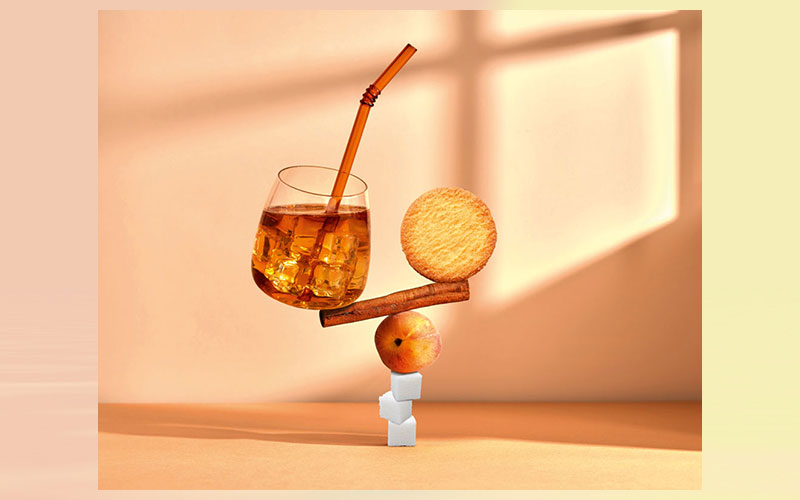Symrise decodes three preferences on sweet taste perception
One of the fastest growing demands relates to better-for-you food and drink products with a natural and balanced level of sweetness. Symrise has done a deep dive into consumption behaviors and focused on revealing the diversity of sensorial preferences.

One of the fastest growing demands relates to better-for-you food and drink products with a natural and balanced level of sweetness. Symrise has done a deep dive into consumption behaviors and focused on revealing the diversity of sensorial preferences. It has conducted studies to guide the development of new taste solutions that meet the latest consumer taste preferences. The resulting solutions balance the taste of a reduced sugar level from cookies to cocktails while keeping a maximum level of indulgence in different ways, for different consumers.
Established and new labelling systems like the UK’s traffic light system or the Nutriscore are helping consumers to navigate their purchase. “The desire for a healthy weight and more natural sweetness in products has led to an increasing number of people looking for sugar-reduced products. These should taste good and, ideally, contain fewer calories,” says Dr. Dariah Lutsch, Sensory & Consumer Insights Research Manager of the Flavor Division at Symrise. “A purchase simulation shows that 75 percent of consumers would choose reduced-sugar versions within nearly all product categories”, adds Lutsch.
This refers to a study on sweet taste perception in Europe, Africa and the Middle East Symrise has recently carried out. It has found that multiple routes exist to reduce the sugar level while at the same time meeting taste preferences.
- Route #1 – tastes as sweet as the full sugar version and 33 % of respondents prefer it.
- Route #2 – tastes similar and less sweet and 20 percent of consumers prefer this route.
- Route #3 – The third group of about 22 % behaves more adventurous. They are looking for a new unique flavor composition and accept a difference in taste compared to the full-sugar version.
Ideal sweetness for soft drinks
With a further study on the ‘Ideal Level of Sweetness’ in 2019 for Cola CSD (carbonated soft drinks) in Germany, Symrise wants to determine the optimal sweetness level with different sugar contents from 106 g/l to 75 g/l sugar. The study re-confirmed the findings and also revealed that consumers perceive a sample with 75 g/l as lacking in sweetness. Knowing that sugar reduction in beverages impacts the overall taste profile and sweet taste dynamics from mouthfeel, Symrise conducted a second study and tried to increase the consumer liking of sugar-reduced products by applying Symrise taste balancing solutions with Symlife®. The team succeeded in dramatically increasing the overall liking of sugar reduced cola versions 85g/l and 75g/l by adding the taste solution of Symrise.
Regardless, which route consumers prefer and which target consumer food manufacturers would like to reach, Symrise supports their customers in reducing calories in a range of beverage products – from ice tea to CSDs – and offers the final taste profile consumers love across all three scenarios.









